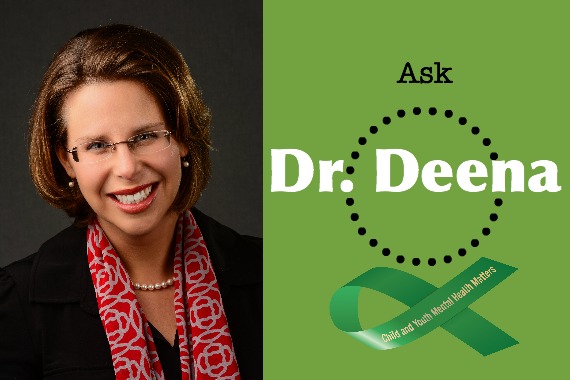8
Oct
2015
2015
OCD and Sensory Overresponsivity in Children
by Dr. Deena Abbe, Ph.D.
Many of us can walk into a familiar room and get a sense if something is out of place or moved around, or “not quite right.” We can handle that. We shrug our shoulders and think, “it’s not a big deal,” and we continue on with our day. But what if you can’t?
When obsessions (ideas or thoughts that continually preoccupy or intrude in one’s thoughts) and compulsions (irresistible urges to behave in a certain way, even if you don’t want to) interfere with daily functioning, it’s called Obsessive Compulsive Disorder (OCD). Sometimes, the compulsions associated with OCD are driven by the thoughts, or obsessions. But sometimes, especially with some children, the compulsions are driven by that sensory experience of things “not being quite right.”
Sensory overresponsivity is often seen in children who have an Autism Spectrum Disorder, and issues with anxiety. Research is now showing that some children with OCD also exhibit sensory overresponsivity, and that it leads to a significant impairment in functioning.
In the latest study by Lewin, Wu, Murphy, and Storch (2015) as much as one third of children diagnosed with OCD have sensory overresponsiveness, which is higher than the general pediatric population. This overresponsivity is more common among preschoolers as well and children who are also depressed, have disruptive behaviors, and ADHD.
They found that the sensory overresponsivity was related to compulsion (doing) severity, not obsession (thinking) severity. Children who had higher the sensory overresponsivity, suffered from a higher global OCD and impairment. As might be expected, the highest levels of sensory overresponsivity were found in children who had contamination obsessions, eating compulsions, and symmetry compulsions.
Sometimes that feeling of “just not quite right” can stop us from getting on with our day. We can’t be the best “we” until everything is “perfect.” But it never is. Knowing where these feeling are coming from, with regard to OCD, can help us understand and treat it better.


 Ask Dr. Deena your questions through any of these channels:
Facebook:
Ask Dr. Deena your questions through any of these channels:
Facebook: